If recognized by UNESCO, the Trang An Scenic Landscape Complex, including Trang An eco- tourism area, Hoa Lu Ancient Capital historical and cultural relic site and Tam Coc-Bich Dong tourist area of Ninh Binh province, will be the 8th heritage...
Currently, Vietnam has 7 world heritages recognized by the United Nations Educational, Scientific and Cultural Organization (UNESCO), of which Ha Long Bay (Quang Ninh) and Phong Nha - Ke Bang National Park ( Quang Binh ) are known for their global landscape value. However, no heritage has been recognized for archaeological research and no heritage has been submitted under mixed criteria. If honored by UNESCO, Trang An Scenic Landscape Complex including Trang An eco-tourism area, Hoa Lu Ancient Capital historical and cultural relic area and Tam Coc - Bich Dong tourist area of Ninh Binh province will be the 8th heritage and the first world cultural heritage of Vietnam to be recognized under mixed criteria with unique natural, geological, geomorphological and cultural values. 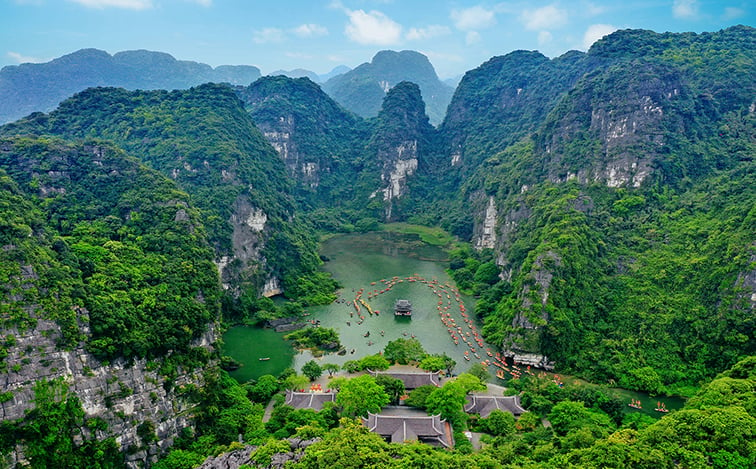

Trang An scenic complex deserves to be a world heritage site.
Global value Located in Ninh Binh province, on the southern edge of the Red River Delta, Trang An Scenic Landscape Complex stretches over an area of 4,000 hectares, occupying the entire Trang An limestone block and is surrounded by a buffer zone of up to 8,000 hectares. Dr. Tran Tan Van, Director of the Institute of Geosciences and Mineral Resources, said that what makes the outstanding value is that the Trang An limestone block clearly shows a typical hot and humid tropical karst landscape with a series of forms such as towers, cones and intermediate transitional landscapes, surrounded by countless closed valleys and sinkholes, connected by a system of hundreds of caves, many of which are water caves. Formed as a result of the interaction of several major geological structures on Earth, the Trang An limestone block is unique in that it has been invaded and transformed by the sea many times, and now has emerged on land. The changing natural environment has created unusually beautiful landscapes here, a mix of multi-shaped mountain peaks, covered by rich primary vegetation. Steep cliffs surround wide, deep valleys, quiet and flooded all year round. The terrestrial ecosystem is home to about 600 plant species, 200 animal species, many of which are listed in the Vietnam Red Book and need to be protected. The aquatic ecosystem has about 30 species of floating animals, 40 species of benthic animals, especially the striped-necked turtle, a rare and strange creature. Associate Professor, Doctor Nguyen Khac Su (Vietnam Institute of Archaeology) affirmed that the above natural context has invisibly become special conditions for this area to soon become the cradle of residence and evolution of ancient Vietnamese people. Many new archaeological sites have been discovered recently in Moi cave (also known as Termite cave), Nui Tuong cave, Oc cave, Vang stone roof, Ong Hay stone roof, Cho stone roof..., especially prehistoric human remains have been found in 3/6 locations, allowing us to imagine the living space of ancient people. They used stone caves and stone roofs as houses, and food sources were exploited around limestone valleys. Scientists have taken samples for geological analysis; stone pollen spores, stalactites, soil... in caves and neighboring valleys; taken samples in archaeological cultural layers to determine the age by radioactive carbon isotope analysis (C14) including: animal bones, charcoal, mollusk shells. The analysis results show that some specimens date back to about 10,000 years ago. Based on the shape of the stone tools and pottery fragments discovered, this place has the mark of prehistoric people in the late Pleitocene and early Holocene periods, about 10,000 years ago. Their main food source was mountain snails, exploited seasonally (rainy season), in addition to aquatic products, mountain turtles, stone crabs, small birds and animals, tubers, fruits and seeds. This proves that the ancient Vietnamese people adapted harmoniously to all natural events, continuously evolving through a number of ancient cultures to later establish a model of a centralized feudal Vietnamese state. More than 10 centuries have passed, although the ancient Hoa Lu citadel no longer exists, the existence of relics associated with the three dynasties of Dinh, Tien Le and Ly such as: the temple of King Dinh Tien Hoang, the temple of King Le Dai Hanh, Dong bridge, Den bridge; The vestiges of the Eastern citadel, the Northern citadel, the Southern citadel, the Nhat Tru (One Pillar) pagoda... have created a legendary Hoa Lu cultural space. Heritage conservation The outstanding universal value of the Trang An Scenic Landscape Complex has been clearly identified by domestic and foreign experts, focusing on the fifth criterion, typical examples of human habitation traditions, land use or sea use traditions typical of one or more cultures, or the interaction process between humans and nature that is becoming vulnerable under the impact of irreversible changes. Criterion 7: Contains unique natural phenomena or areas of outstanding natural beauty and aesthetic value. Criterion 8: Is an outstanding example representing major historical stages of the Earth, including the development of life, geological processes that are forming landforms, outstanding geomorphological or mountain features. Associate Professor, Doctor Nguyen Khac Su said, based on the results of excavations, archaeological research on Trang An caves has confirmed that prehistoric relics have their own unique characteristics, which can establish the presence of an archaeological culture - Trang An culture. It is very different from the archaeological culture of Hoa Binh, Cai Beo, Da But, Quynh Van, Ha Long, Hoa Loc in terms of living space, stone tool materials, tool processing techniques, there is cultural exchange, contact and evolution to move from primitive to civilized in a very typical area of a swampy karst valley. Mr. Su expressed his satisfaction with the statement: the tradition of exploiting mollusks in caves is still passed down to later Vietnamese people. According to the Director of the Institute of Geological Sciences and Mineral Resources, Tran Tan Van, the integrity and authenticity have been preserved quite intact in the Trang An Scenic Landscape Complex, especially since Ninh Binh province determined that there would be 5 strictly managed areas for conservation and development, including strictly protected areas; areas for protecting historical, architectural and artistic relics, relics and archaeological sites; conservation areas interspersed between strictly protected areas and areas used for tourism development; areas reserved for tourism development; and residential village areas. Ninh Binh province leaders have also committed to establishing a protection corridor, preventing all negative impacts on the natural environment. In the strictly protected area, there will be no exploitation activities that affect the integrity and originality of the heritage. "With the great cultural values of Trang An along with the unique landscape, geology and geomorphology values, we believe that Trang An will be the next member of the world heritage in Vietnam in the near future," said Mr. Van./. Source: https://kinhtedothi.vn/quan-the-danh-thang-trang-an-xung-dang-la-di-san-the-gioi.html

![[Photo] Prime Minister Pham Minh Chinh chairs a meeting of the Government Standing Committee to remove obstacles for projects.](https://vphoto.vietnam.vn/thumb/1200x675/vietnam/resource/IMAGE/2025/10/06/1759768638313_dsc-9023-jpg.webp)
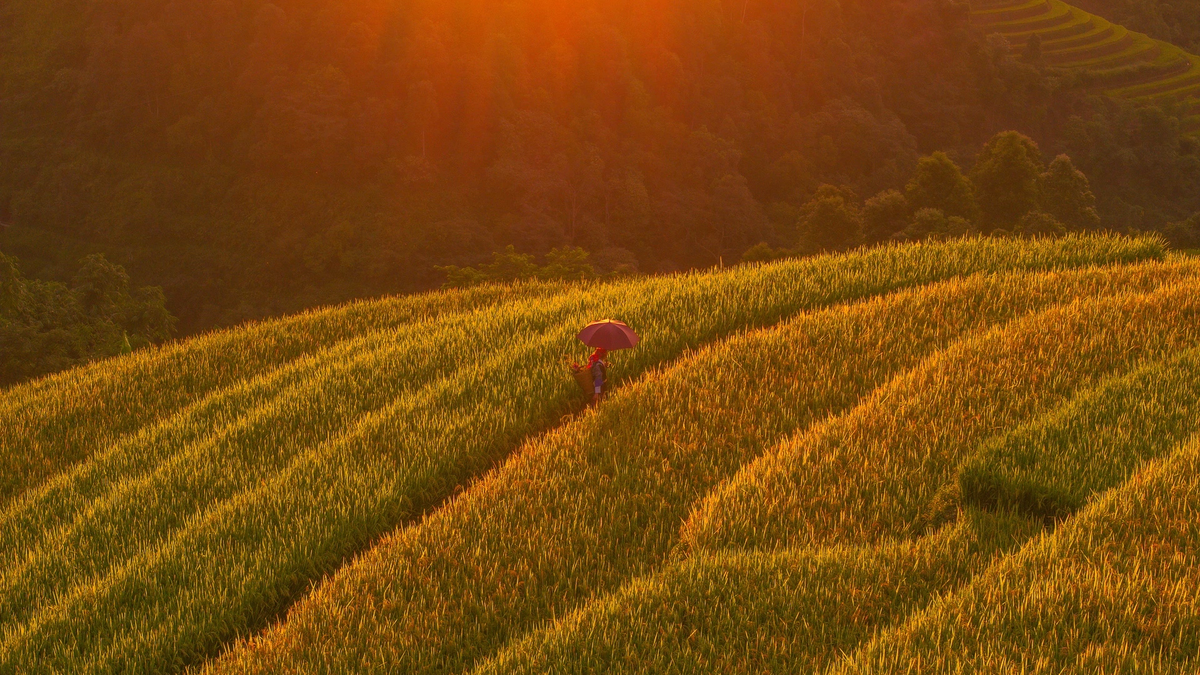
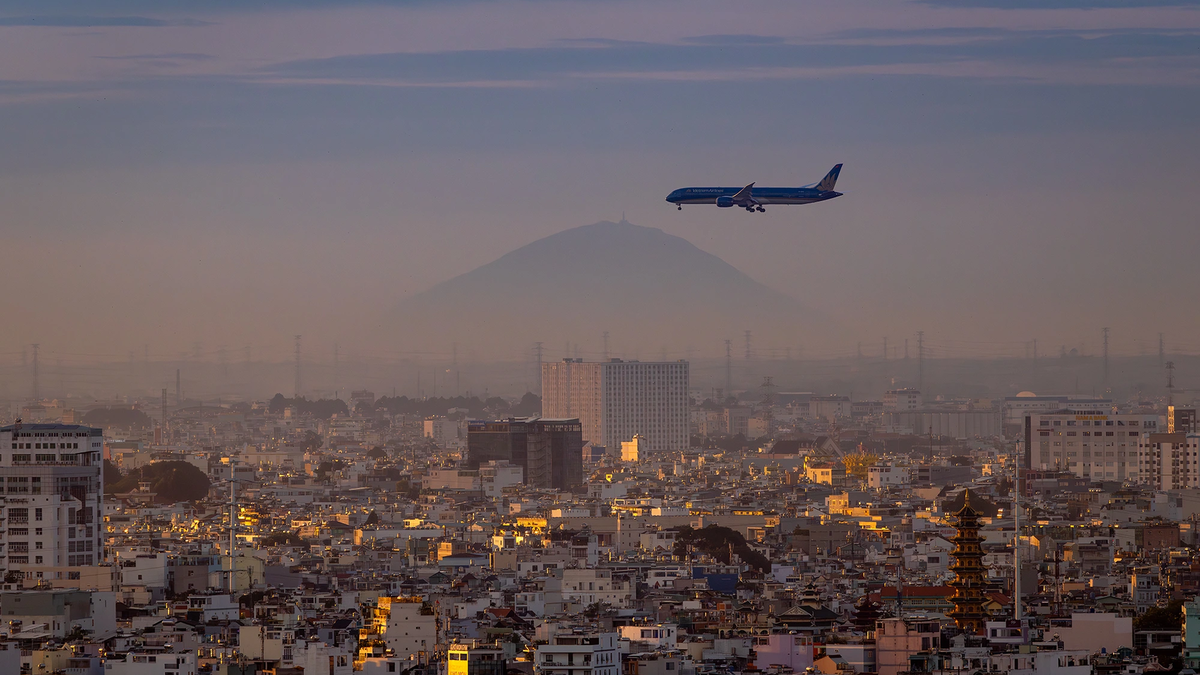
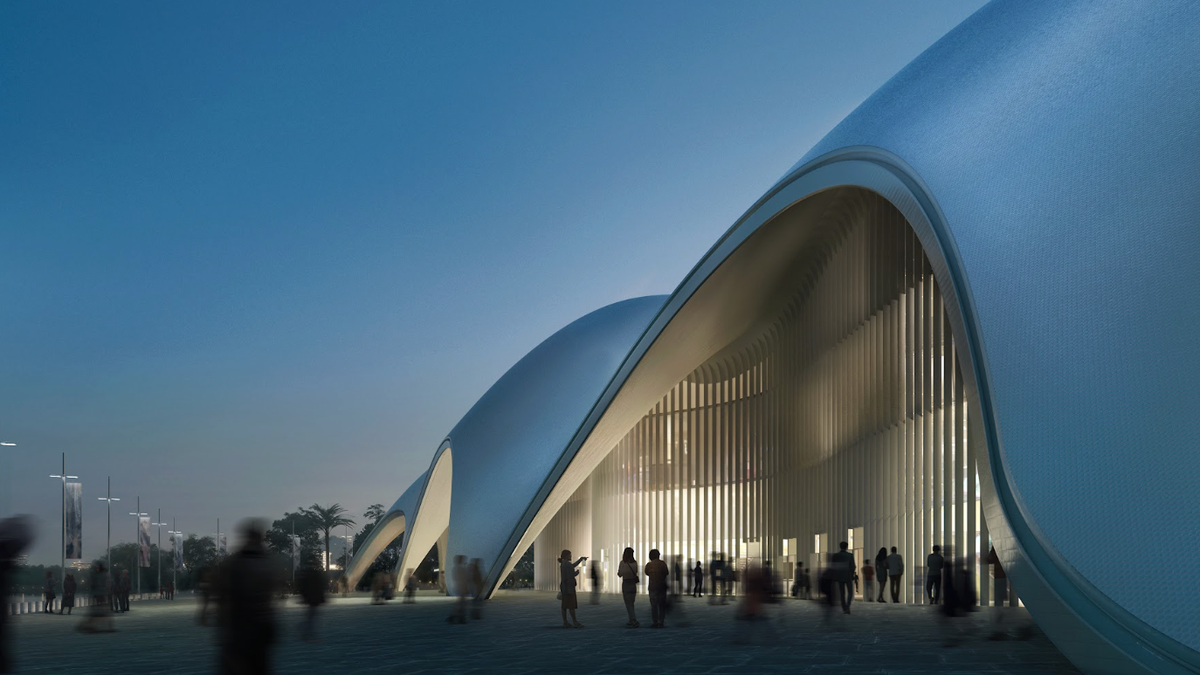
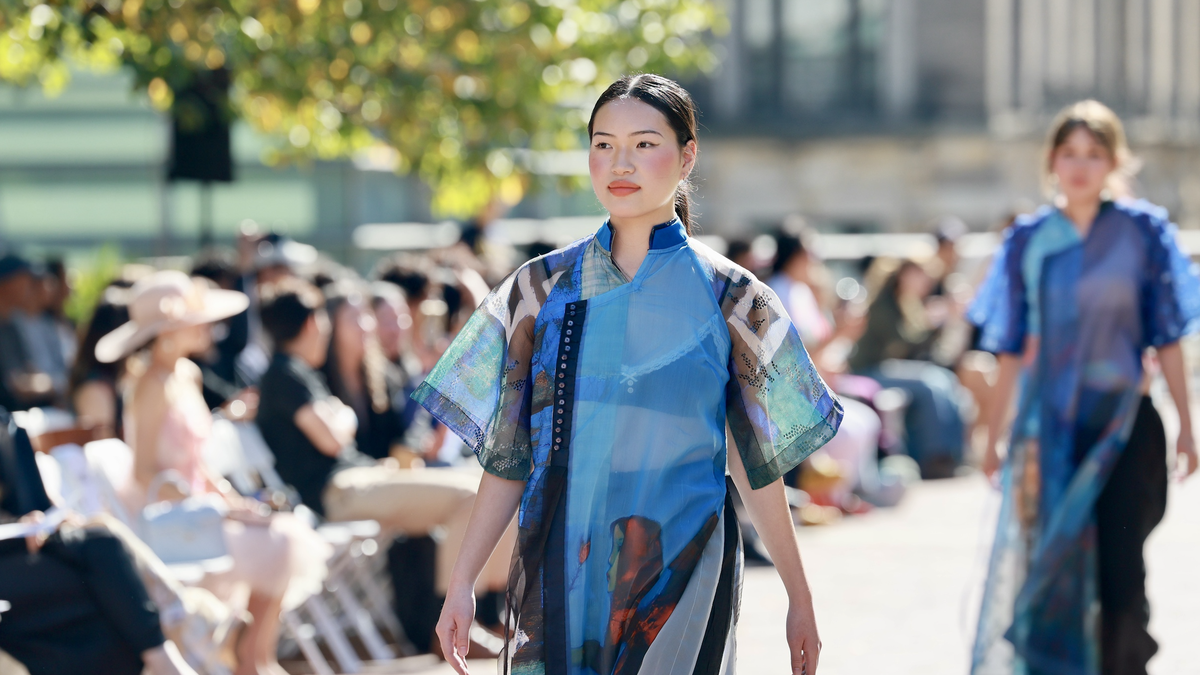
![[Photo] Prime Minister Pham Minh Chinh chaired a meeting of the Steering Committee on the arrangement of public service units under ministries, branches and localities.](https://vphoto.vietnam.vn/thumb/1200x675/vietnam/resource/IMAGE/2025/10/06/1759767137532_dsc-8743-jpg.webp)
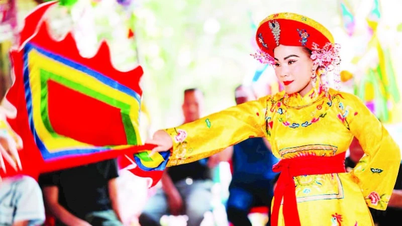

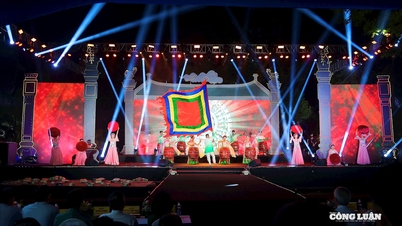

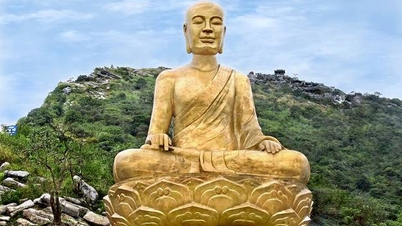

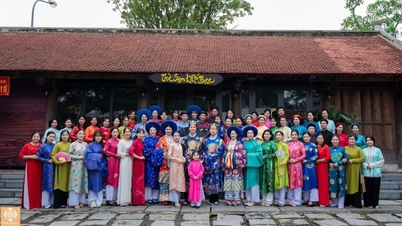

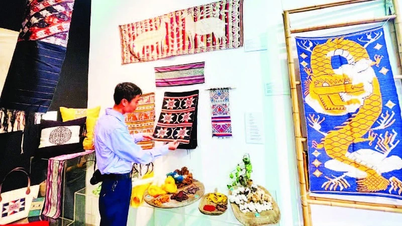
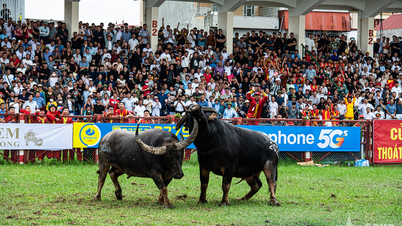


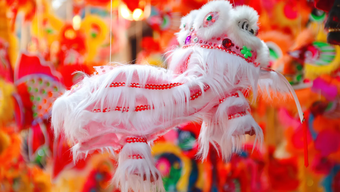



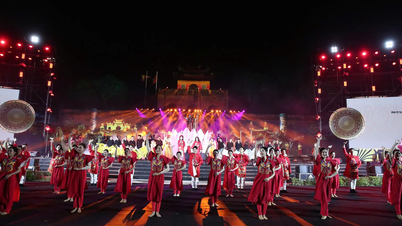




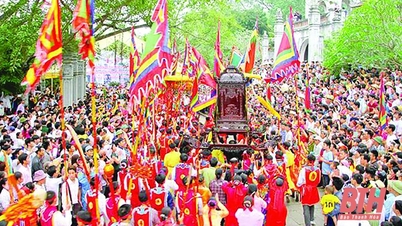










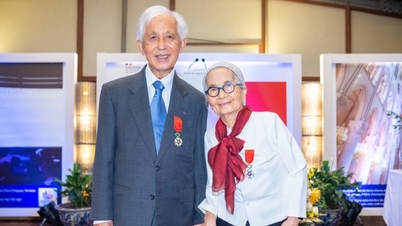




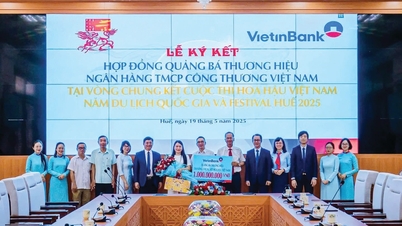
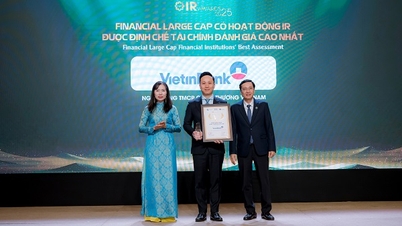

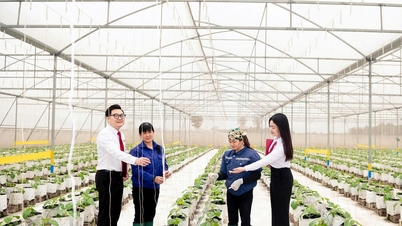

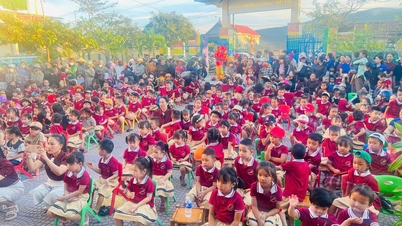








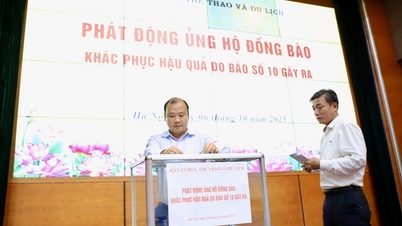




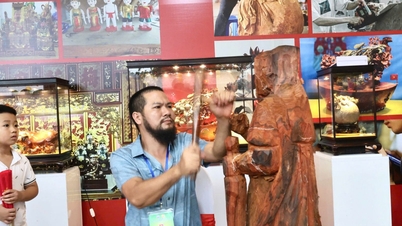
























Comment (0)